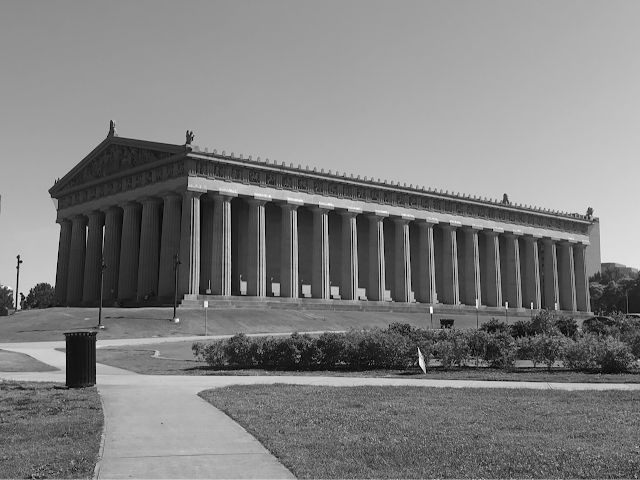Any type of excavation was not encouraged by the weather. Nevertheless, a team of amateurs and archaeologists was committed to solving the riddle of the Roman tile kiln at Brandiers Farm, UK.
Roman tile kiln from the air. Credit: Cotswold Archaeology
It took a long time and a lot of effort to clean up the area following storm Antoni's torrential rain and strong gusts. However, committed volunteers were able to contain the situation, allowing for the resumption of archaeological research.
To learn the truth about the Roman tile kiln was one of the objectives.
The Roman tile kiln should be symmetrical, but up to this point, we haven't been able to see the northern half's back edge. Although we kept cleaning the area around the wall in spite of our first assumption that it had been stolen, we just couldn't find any tiles!
The Cotswold Archaeology team explains in a press release that "on Monday, August 14, we machined off part of the redeposited natural to attempt and understand why there is nothing surviving here, but this still didn't address the enigma of the missing north half of the kiln.
The region was examined after a layer of Roman debris to the southeast of the kiln was removed the following day. The team found a new structure, thus this was a successful shift!
Two members of the crew "have been digging just to the west of this, down the side of the kiln, and have discovered evidence of an even earlier kiln, which may have fired the tiles that were used to construct our Brandiers kiln"
The Cotswold Archaeology crew cleaned the kiln while they worked on Wednesday, and they "uncovered a heat-affected surface at the back of the flue, and revealed the north-side interior wall." It was also found that the south-side outer wall was heat-affected, supporting the theory that an earlier kiln stood next to ours and probably used the south-side wall as a flue wall.
Archaeologists told the media, "We're even floating the idea of a chain of kilns, each sharing walls and flues as time went by."
Cotswold Archaeology said that there were further discoveries to be made elsewhere on the site. In Trench 6, the volunteers discovered a drainage canal that diverted rainwater away from the kiln terrace, keeping the Roman potters' feet dry during the humid British summer.









